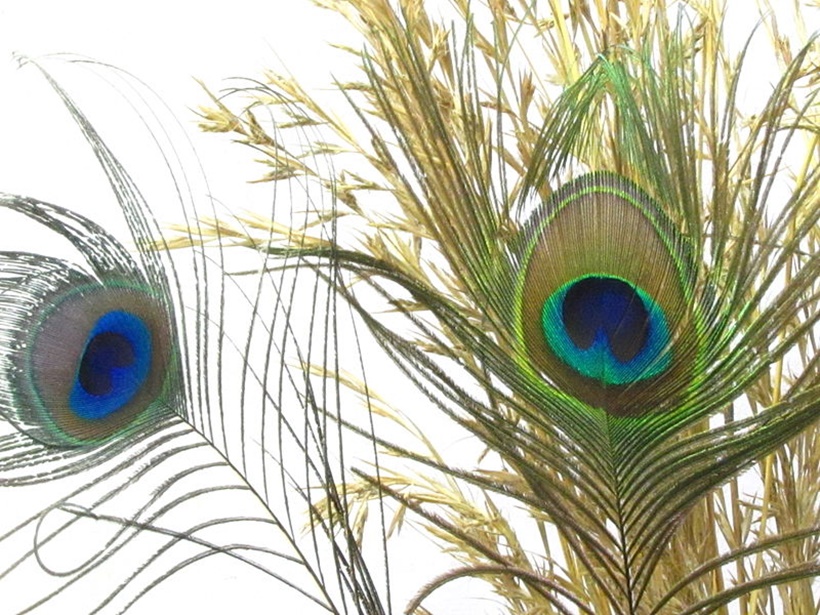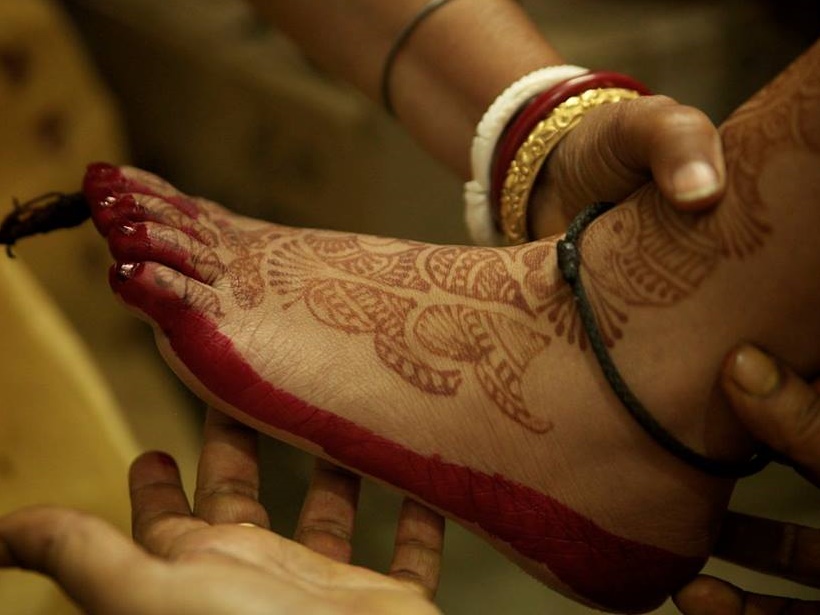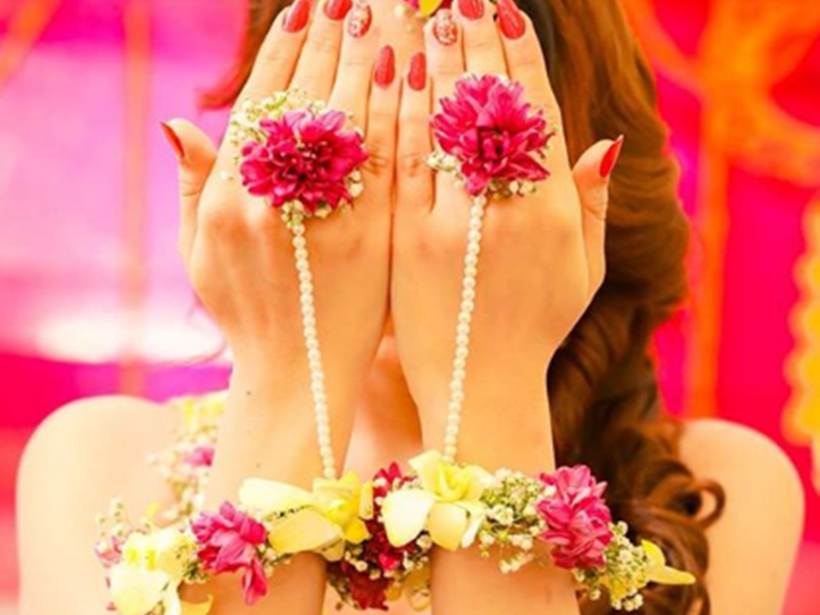Men and women in the ancient times were quite fashionable. Here’s a sneak-peek into their fashion trends.
By Archana Garodia Gupta and Shruti Garodia
The desi mania for fashion is hardly new…right from Harappan times, make-up, jewellery, perfume, clothes and shoes were very important to women and men all over India.
Here are some ancient Indian fashion trends that you may not have heard of.
Fancy Footwear, Everywhere
Back in 500 BC, the Buddha laid out detailed rules for what his monks could and couldn’t do, eat and wear, all recorded in the important Buddhist texts called the Tipitaka. One section covers all the types of shoes that were forbidden for monks. The list of footwear that was fashionable back then is amazingly long!
People used to wear “blue-soled shoes, yellow-soled shoes, red-soled shoes, brown-soled shoes, black-soled shoes, orange-soled shoes, yellow-soled shoes.”
They also wore moccasins, Greek-style laced boots, cotton-padded shoes, partridge-wing shoes, ram-horn shoes, goat-horn shoes, shoes with ends like scorpion tails, peacock-feather shoes, and shoes that were intricately painted with images.


The more adventurous even wore tiger-skin shoes, lion-skin shoes, panther-skin shoes, deer-skin shoes, otter-skin shoes, cat-skin shoes, squirrel-skin shoes and owl-skin shoes!
Colourful Beards and Platform Heels
The ancient Greeks who came with Alexander to north-west India in the 4th century BC, wandered about and saw many interesting sights.
One general, Nearchus, wrote about a people who “dye their beards in one color and another, according to taste. Some dye their white beards to make them look as white as possible, but others dye them blue; some prefer a red tint, some a purple, others a rank green. The more dignified Indians,” he also says, “use parasols as a screen from the heat. They wear shoes made of white leather, and these are elaborately trimmed, while the soles are multicolored, and made of great thickness, to make the wearer seem taller.”
One can only imagine the bizarre spectacle!
The Gupta Fashionistas
The Gupta Period (300-500 AD) was known for beautiful living. India had become very, very rich and its luxurious lifestyles reflected the era.
Both women (and men) went to great lengths for fashion-almost more than we do today!
Kajal on the eyes and a red stain on the lips was a must- where the red colour came from ground up shellac worms! Women usually applied the same red alta colour on their hands and feet every day. In fact, as all the women would gather at the lake each evening, the nearby banks and water would slowly start blooming red as the colour from their feet slowly leached off.


All women had elaborate daily routines to get ready. Every day, they would spend ages etching out elaborate colourful rangolis…not on the floor, but on their own cheeks, foreheads and even chests! This art form was known as ‘visheshak’, and was done using a special white clay, into which different natural colours were mixed in.
There were many types of face art. For instance in ‘patra-visheshak’, lines were drawn in different patterns across the cheeks, while ‘Bhakti-visheshak’ involved drawing tilaks on foreheads in intricate, artistic patterns.
We can still see traces of this ancient art in brides, especially in Bengal.
Hip Hairdos
Women always grew their hair extremely long, and never left it open in public. They would oil their hair, part it in the middle, and make long braids.
They perfumed their hair with different types of incense after washing, and wove in flowers, pearls and jewels into their braids. Sometimes, they even covered their hair with a mesh of pearls.
The most basic hairstyle was the simple, single braid called an ‘ek-veni’. Most women preferred to experiment, as unique hairdos were a way to express their personalities.
Some women partitioned their hair into little sections and made dozens of chotis, tying them up in different ways. When they were gathering into a little crown on top of their heads, it was called a chooda…which gradually became today’s jooda (top-knot).There were many different ways to tie hair-knots, which could also give information about a person’s tribe and profession.
Also Read| Make History Fun Again: 5 eccentric hobbies of the Mughals
Flower-Children
Ancient Indians simply loved their fresh, scented flowers, and there was no question of appearing in public without wearing some. Even in later medieval times, a foreign traveller wrote that ‘roses seemed as essential as food to the people of Vijayanagar’!
Back in ancient India, kings were guarded by a troop of foreign, western female bodyguards (yavanis). We are told that these strong, tall and fair women would be seen wearing many, many long garlands of perfumed flowers, and stand surrounding the king, holding out their bows on all sides!
In general, both men and women usually wore long garlands that reached their knees (how did they walk?). Women often substituted or supplemented their real gold jewellery with intricately patterned jewellery made of fresh flowers! They would wear decorative belts on their hips made of crocus flowers, and karnikara or shirish flowers in their ears. Kurbak flowers were woven into their braids, and kund and mandar flowers nestled in their hair.


Quaintly, women often carried around large fresh lotuses in their hands to twirl playfully as they walked and talked, much like western women carried decorative fans!
Flower jewellery was so popular for so long, it became the specialised profession of some clans!
(For more fun journeys through India’s history, check out the newly released two-volume set, The History of India for Children Vol. 1 and Vol. 2, published by Hachette India, which is now available online and in bookstores across the country.)
Source: Read Full Article



